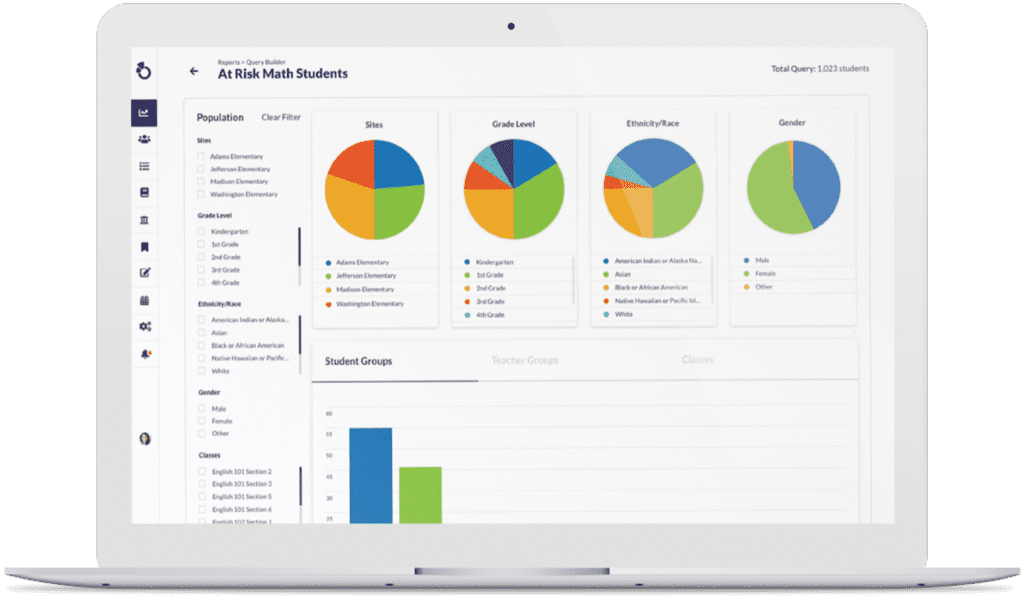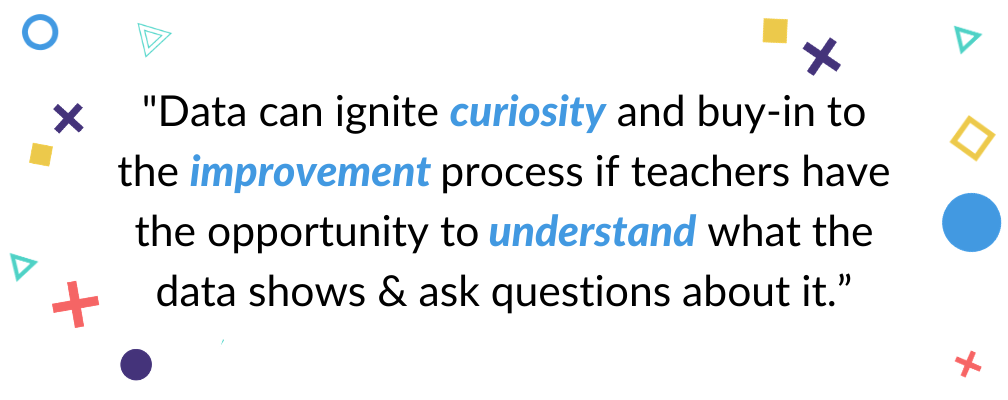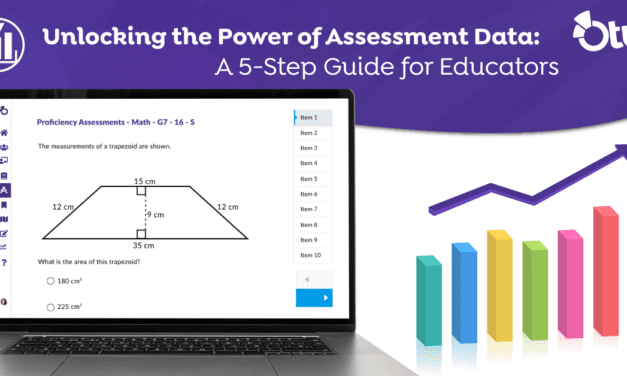(Note: Otus is not affiliated with the Harvard Data Wise program)
As a Technology Coach at Otus, I work with school districts across the country. We work together to support students and school communities on their learning journeys with Otus. On my quest to never stop learning, I completed the Harvard University introduction class on the Data Wise process. This free, self-paced course introduces an eight-step process to improve teaching and learning using data.
Throughout the course, I thought about how schools can leverage the tools in Otus to support the Data Wise process. This process can guide school leaders on their mission to keep education focused on evidence of learning.
The Eight Steps of the Data Wise Process
- Organize for Collaborative Work
- Build Assessment Literacy
- Create Data Overview
- Dig into Student Data
- Examine Instruction
- Develop Action Plan
- Plan to Assess Progress
- Act and Assess
My three biggest takeaways from this course are to ask questions, seek clarification, and intentionally collaborate. Doing this, we maintain a relentless focus on evidence to drive student achievement.
How Does Otus Support This Process?
Otus is one platform to teach, grade, analyze, and plan. Teachers and administrators can view and interpret data, draw conclusions, and act on student performance directly in one platform.

The data types that can be viewed in Otus check every box:
- High-stakes 3rd party data (NWEA, SBAC, state assessments, etc)
- Local assessment data
- Performance on standards
- Attendance
- Behavior
- Participation
While diving into data, school leaders can group students based on performance. Student groups are used to track a specific population and its growth over time. They are also used to differentiate learning using lessons and assessments. Districts also build data reports (Queries) to identify students that meet certain criteria. With multiple displays of student performance, administrators can easily analyze the data with simple charts.
The tools in Otus improve efficiency and provide opportunities to view individual, class, and grade-level reports. With these reports, educators can see both areas of strength and opportunities for growth. The task of finding a story in data can seem overwhelming, but this quote from Data Wise rings true:

I highly recommend Harvard’s Introduction to Data Wise course. Let’s always reflect on ways we can prepare, inquire, and act using data to drive improvement of teaching and learning.
**This course has an option for a paid verified certificate.
(Note: Otus is not affiliated with the Harvard Data Wise program)
Otus is one K-12 learning platform to teach, grade, analyze, and plan. Interested in bringing Otus to your school community? Request a demo below, and let’s chat.





